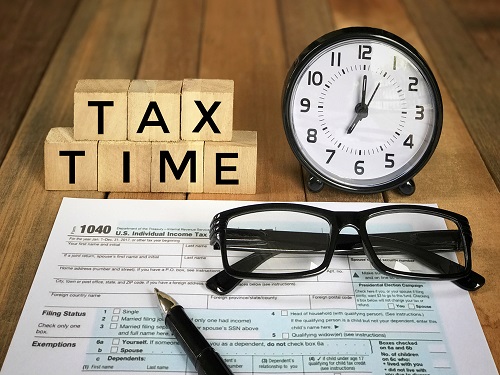What is the Maximum Tax Saving That You Can Avail?
The maximum tax deduction benefit you can avail of under Section 80C is ₹1.5 Lakh based on the various applicable tax-saving financial instruments.
The tax deduction can also be availed on the premium paid for health insurance plans, income on interest earned from savings bank accounts, etc., The maximum tax you can save is based on your income, financial commitments, and the applicability of the tax benefits for financial instruments that you have chosen.
Let us consider an example.
Ms. Renu is a software professional. The total gross income for Ms. Renu is ₹6 Lakh. She has purchased a life insurance plan with an annual premium of ₹50,000, a health insurance plan for her mother (senior citizen) for ₹70,000 and invested ₹20,000 in ELSS.
Her taxable income is calculated as follows:
Particulars |
Amount (₹) |
Total Gross Income |
6,00,000 |
Standard deduction |
50,000 |
Premium for life insurance (deduction under Section 80C) |
50,000 |
Premium for health insurance for parents (Deduction limit of ₹50,000 for senior citizens under Section 80D) |
50,000 |
Investment in ELSS (deduction under Section 80C) |
20,000 |
Total Taxable Income (Gross Income - Standard Deduction - Other Deductions) |
6,00,000 - 50,000 - 50,000 - 50,000 - 20,000 = 4,30,000 |
Investment in ELSS and Life insurance qualify for tax benefits under Section 80C of up to ₹1.5 Lakh. Therefore, both investments can be included in the tax deduction benefit.
If there were no investments made by her, the taxable income would have been ₹5.5 Lakh (Standard deduction of ₹50,000 reduced from ₹6 Lakh).

 FOR EXISTING POLICY
FOR EXISTING POLICY  1860 266 9966
1860 266 9966
 FOR NEW POLICY
FOR NEW POLICY 















